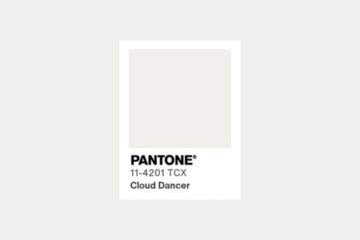For years, the cosmetics industry has focused on protecting the skin from UV radiation—primarily UVA and UVB rays. These have long been considered the main culprits behind sunburns, accelerated aging, and even skin cancers. However, recent studies show that UV rays are only part of the light spectrum that affects skin health. Growing attention is now being given to visible light—especially its high-energy component known as HEV (High Energy Visible light), or blue light.
What exactly is HEV radiation?
HEV light covers the visible spectrum in the wavelength range of 400–500 nm. These short, high-energy waves occur naturally in sunlight. Remarkably, HEV light accounts for up to 50% of total solar radiation that reaches the skin’s surface.
Modern lifestyles, however, have introduced a new source of HEV exposure: digital screens. Smartphones, tablets, laptops, and LED monitors all emit blue light. While the intensity of screen-based HEV is far lower than that of sunlight, prolonged exposure—often 8 to 10 hours a day—can disrupt circadian rhythms and affect sleep quality, which indirectly impacts skin regeneration and condition.
How does HEV affect the skin?
Unlike UVB, which primarily damages the surface layers of the skin, and UVA, which penetrates deeper, HEV light can:
🔹 Trigger oxidative stress – by overproducing free radicals that damage skin cells.
🔹 Accelerate photoaging – leading to reduced elasticity, fine lines, and hyperpigmentation.
🔹 Disrupt the skin’s hydrolipid barrier – increasing sensitivity and susceptibility to irritation.
🔹 Cause pigmentation issues – especially in individuals with darker skin types (Fitzpatrick types III–VI).
In short: HEV light can contribute to the same degenerative processes as UV radiation—despite being “visible.”
Modern Cosmetic Science Responds to HEV Challenges
A growing number of forward-thinking cosmetic brands now address the impact of HEV at the formulation stage. At MG Evolution®, we are proud to be part of this shift.
We combine cutting-edge scientific research, advanced production technologies, and conscious ingredient selection to create skincare that protects not only from well-known environmental threats—but also from emerging, less obvious ones like HEV.
Key active ingredients that support HEV protection:
🔹 Antioxidants (e.g., vitamin C, vitamin E, resveratrol, coenzyme Q10) – combat free radicals and minimize oxidative stress.
🔹 Botanical extracts (e.g., algae, green tea, rosemary) – soothe the skin and help repair damage caused by blue light.
🔹 Mineral pigments (e.g., zinc oxide, titanium dioxide) – act as physical reflectors that scatter parts of visible light, including HEV.
🔹 Biomimetic complexes and peptides – enhance the skin’s natural defense mechanisms and support cellular regeneration.
Modern Skincare Goes Beyond SPF
Until recently, the common wisdom was: “The best anti-aging cream is an SPF.” While this remains true, it’s no longer sufficient.
Today, HEV exposure—indoors and outdoors—is an everyday reality. It’s becoming increasingly important to factor this into the development of daytime skincare and anti-aging solutions.
In Summary: Conscious Formulation Equals Safer Skincare
Rising awareness of HEV’s impact presents an opportunity to take skincare to the next level—not just by protecting the skin from UV radiation, but by actively supporting its regeneration and strengthening its natural barriers.
At MG Evolution®, we meet this challenge head-on. Our contract manufacturing services are designed to deliver effective, safe, and innovative cosmetics that respond to the evolving needs of today’s informed and discerning consumers.




